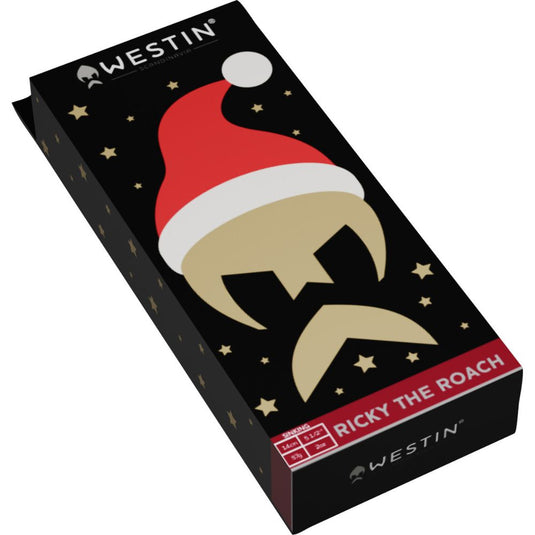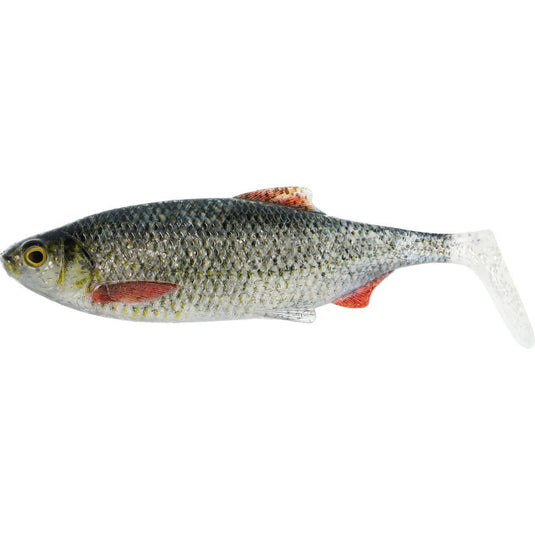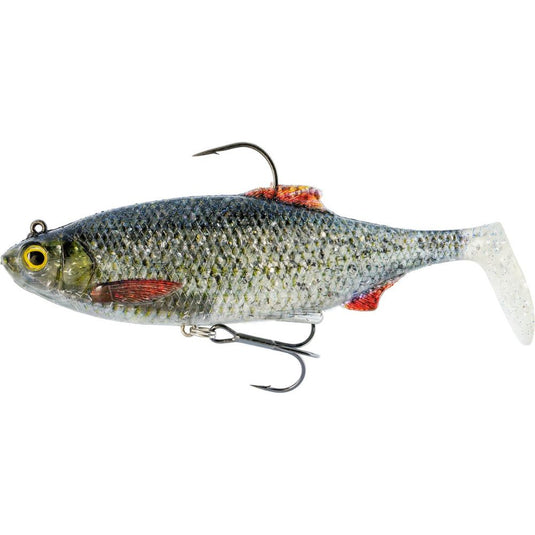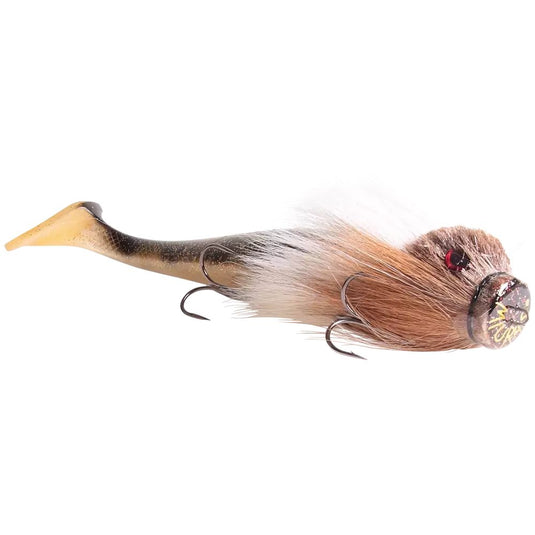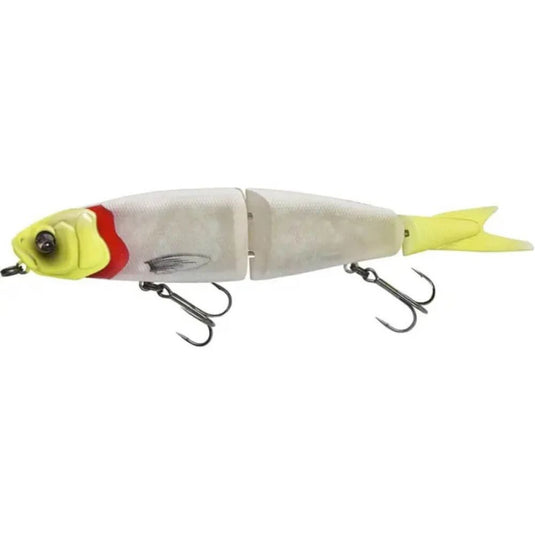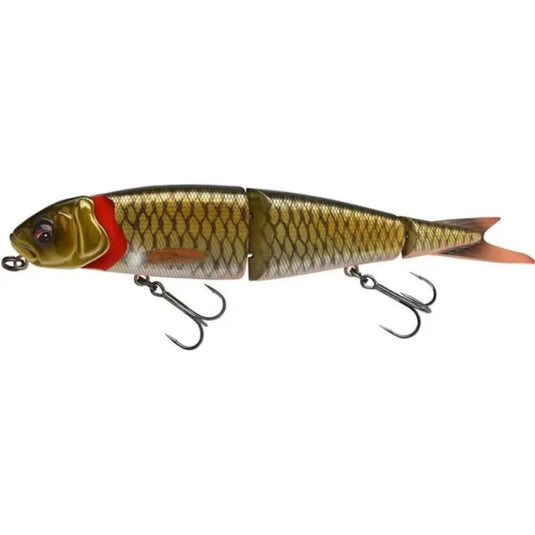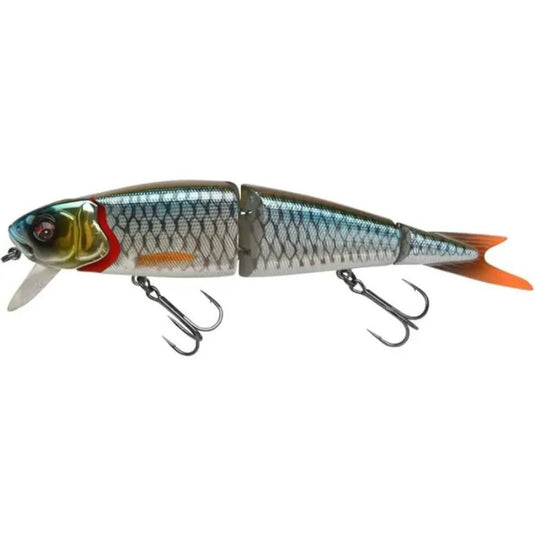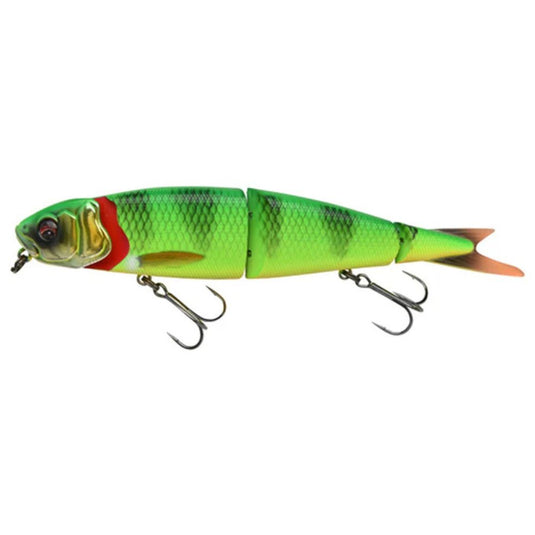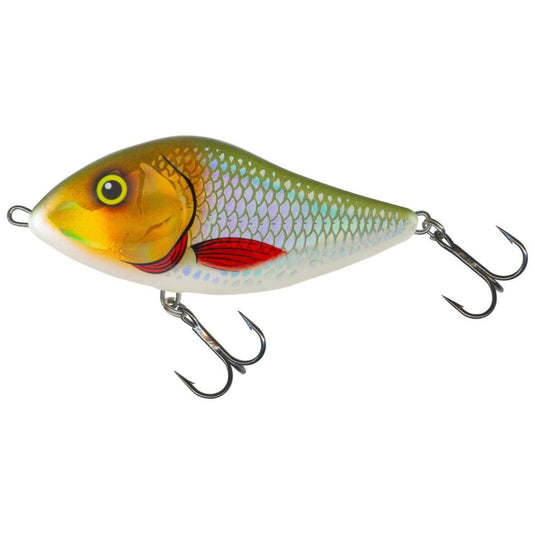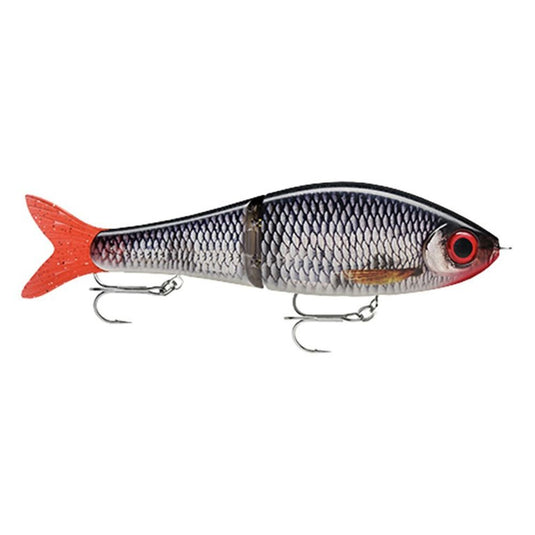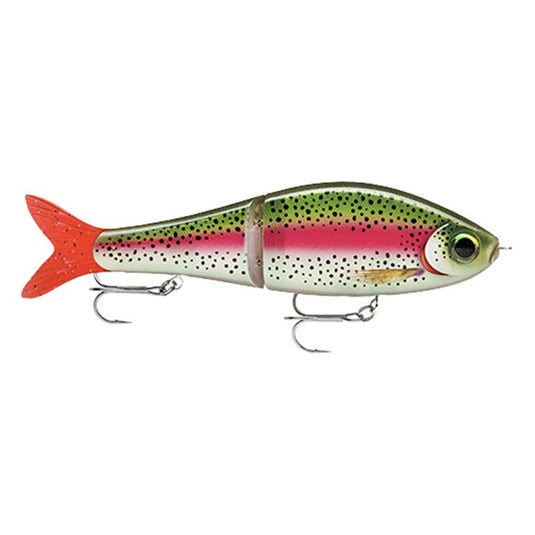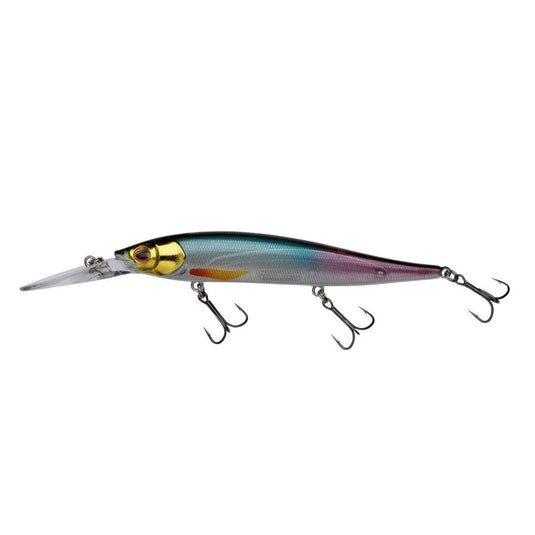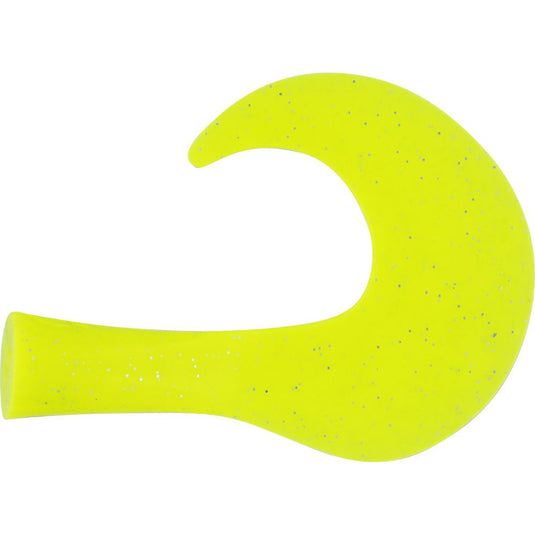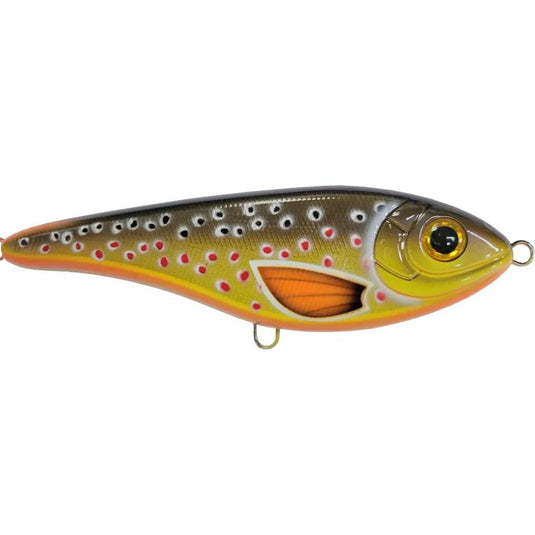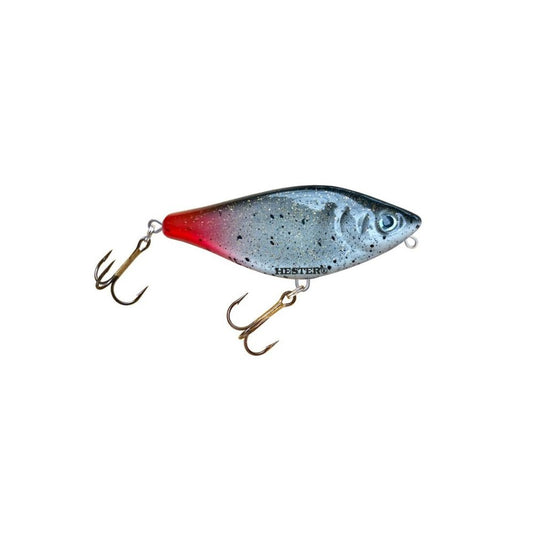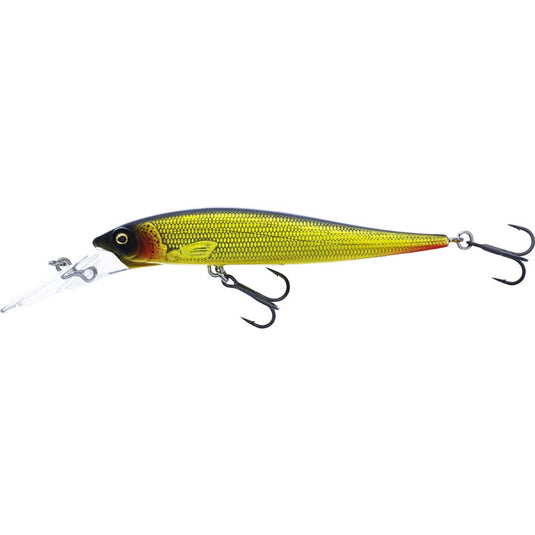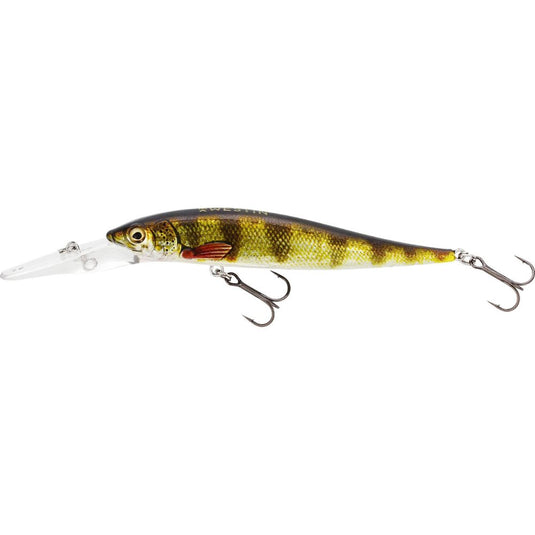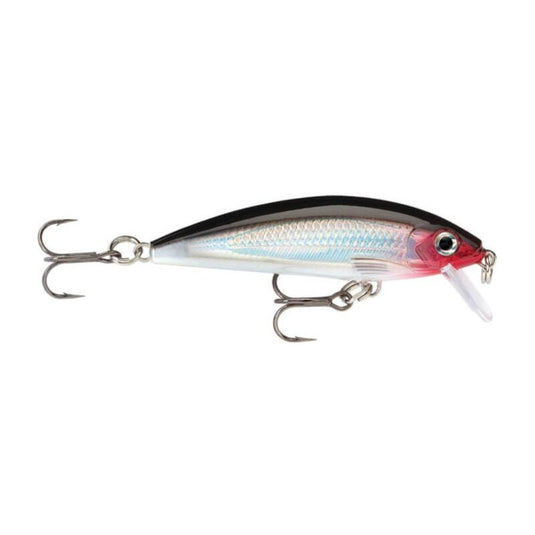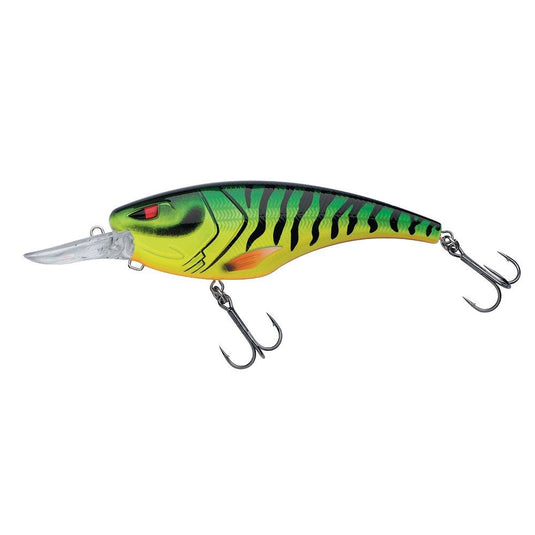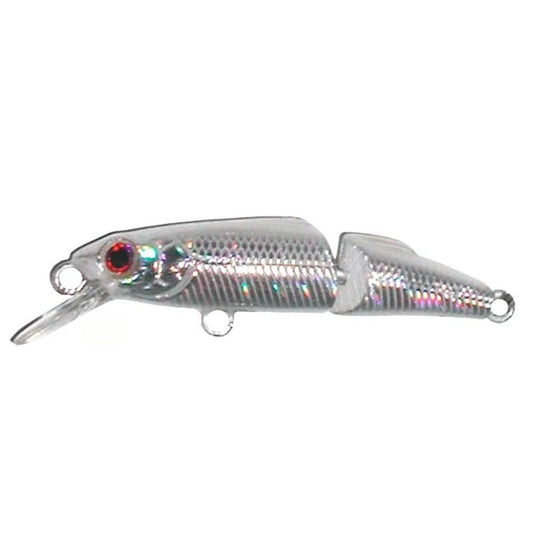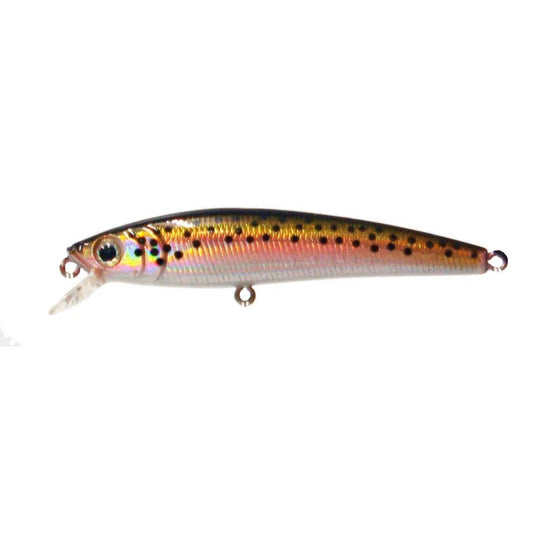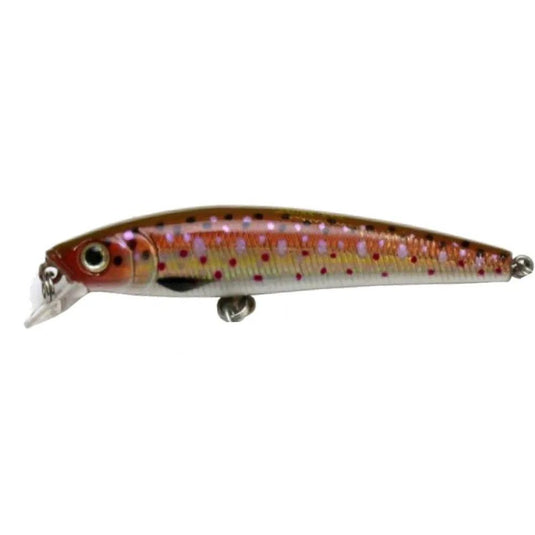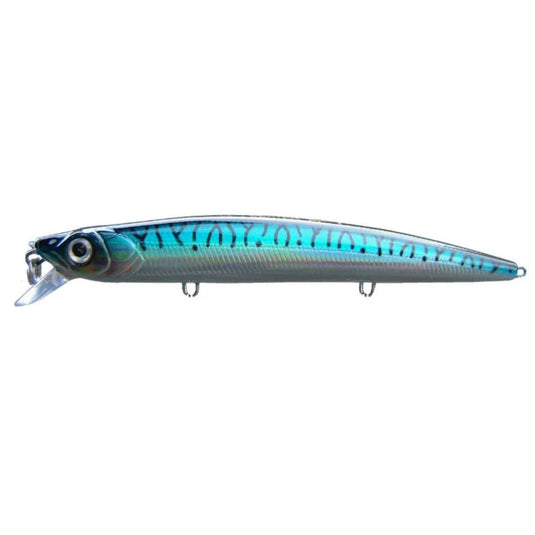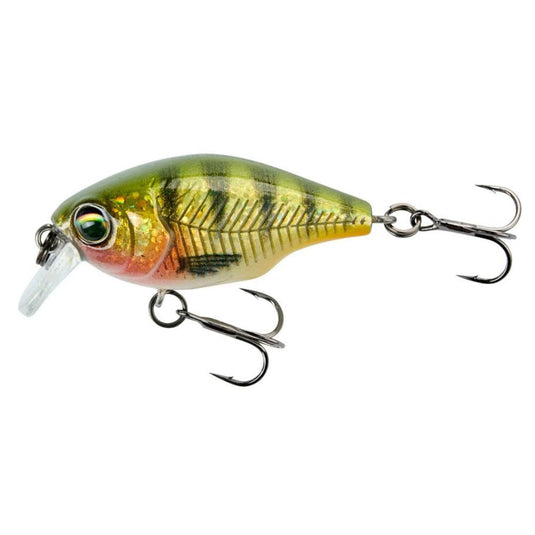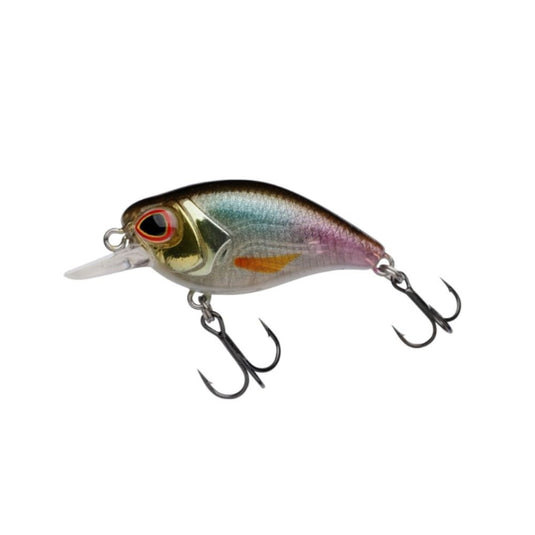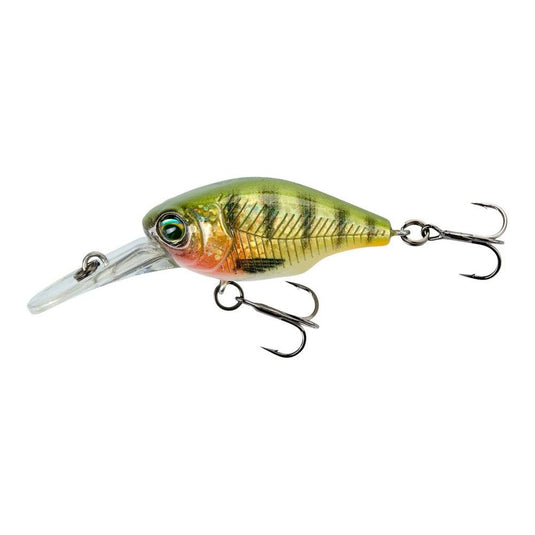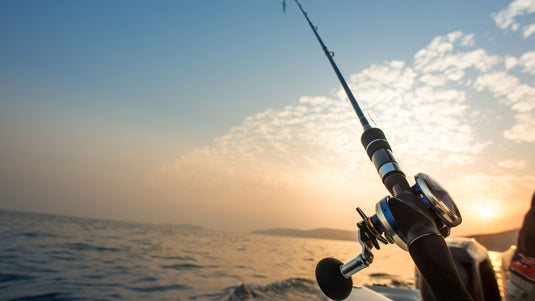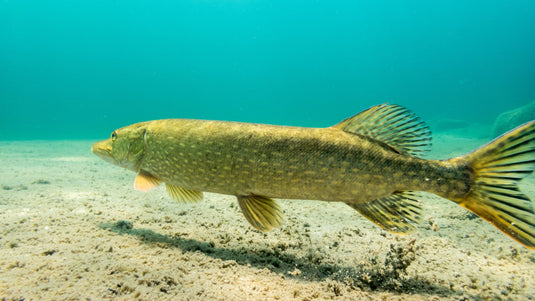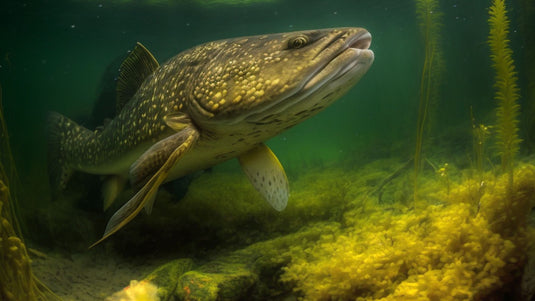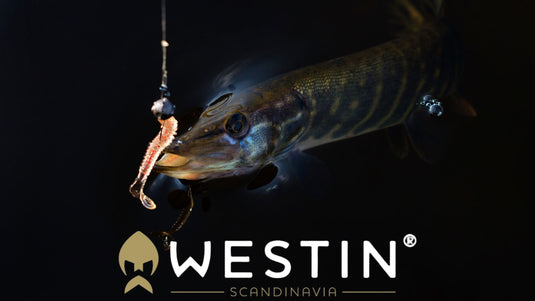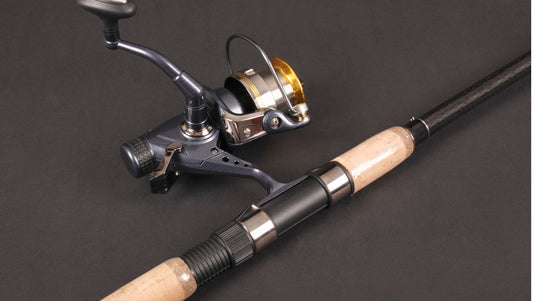Pike Fishing: A Thrilling Adventure for Anglers of All Levels
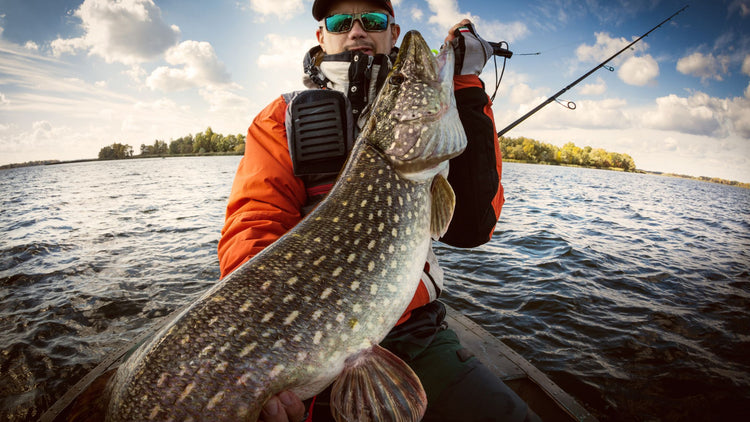
Few fishing experiences offer the sheer thrill and excitement of pike fishing. Known for their aggressive nature, impressive size, and fierce fight, northern pike (Esox lucius) are a prized catch for anglers worldwide. Whether you're a seasoned fisherman seeking an adrenaline rush or a novice looking for an unforgettable first catch, pike fishing has something to offer everyone.
In this blog, we’ll explore the allure of pike fishing, essential tips and techniques, and why this freshwater predator is such a sought-after species.
The Appeal of Pike Fishing
Aggressive Strikes and Strong Fights
One of the primary reasons pike fishing is so popular is the species’ aggressive and predatory behavior. Pike are known for their sharp teeth, powerful bodies, and relentless attitude when it comes to attacking their prey. They strike lures with ferocity, making the moment of the bite thrilling and often unexpected.
For many anglers, the true joy of pike fishing lies in the fight. Once hooked, pike will use their strength, speed, and cunning to try to shake the line, often making powerful runs and leaping out of the water. This makes landing a pike a challenging and exhilarating experience.
A Prize for Freshwater Anglers
Northern pike can grow to impressive sizes, with some exceeding 40 inches in length and weighing over 20 pounds. Their size, combined with their fighting spirit, makes them a prized catch for anglers looking for a true test of skill.
Year-Round Fishing Opportunities
Another reason pike fishing is popular is its year-round accessibility. Pike are hardy fish that can be caught in a variety of conditions, including colder months when other species are less active.
Pike Fishing Techniques and Tips
1. Know Where to Find Them
Pike prefer cooler, well-oxygenated waters, often lurking near underwater vegetation, submerged logs, or rocky structures where they can ambush prey. In lakes, look for them along weed edges, drop-offs, or near inlets and outlets. Rivers often hold pike in slower-moving sections, pools, or areas with ample cover.
In warmer months, they tend to stay in deeper, cooler waters, while in spring and fall, they may be found in shallow areas, actively feeding.
2. Select the Right Tackle
Pike are known for their sharp teeth and aggressive fighting, so your tackle needs to be up to the task. Medium to heavy-action rods, paired with sturdy reels, are typically preferred. A strong braided line (20-30 lb test) will help handle the powerful runs pike are known for.
One crucial piece of equipment is a steel or fluorocarbon leader. Pike’s sharp teeth can easily cut through traditional fishing line, so using a leader helps prevent break-offs when they bite down on the lure.
3. Use Effective Lures and Baits
Pike are opportunistic feeders, so they’ll strike a wide variety of lures and baits. Large, flashy lures that imitate injured fish are often highly effective. Some popular lure options for pike include:
- Spinnerbaits: These flashy, noisy lures work well in murky waters or when pike are highly active.
- Crankbaits: A great option when pike are feeding aggressively, crankbaits mimic smaller fish and can be retrieved at various depths.
- Soft Plastics: Large, lifelike soft plastic baits that resemble fish or frogs are also effective, particularly when fished near vegetation or structure.
- Spoons: These classic pike lures are known for their flash and wobbling action, which can trigger aggressive strikes.
For those who prefer bait fishing, dead bait such as smelt, herring can also be highly effective, especially during colder months.
4. Master the Retrieve
The way you retrieve your lure can be the difference between a successful day and a blank one. Pike often respond to erratic movements that mimic an injured or fleeing fish, so varying your retrieve can entice more strikes. Try a stop-and-go approach, or add jerks and pauses to create the illusion of a struggling prey.
5. Stay Alert and React Quickly
Pike strikes can happen suddenly, often when you least expect it. Keep your focus and be ready to set the hook quickly when you feel a bite. Pike have strong, bony mouths, so a firm hookset is necessary to ensure the fish stays on the line. Once hooked, be prepared for a strong, aggressive fight.
Pike Fishing Safety and Conservation
Handling Pike Safely
With their razor-sharp teeth and strong jaws, pike can be dangerous if not handled properly. Use a good pair of fishing pliers to remove hooks, and consider using a net to land them. Always keep your hands clear of their mouths and be careful when holding them.
When catching larger pike, support their bodies properly, avoiding holding them vertically by the gills. This helps prevent injury to the fish.
Practice Catch and Release
Practice catch and release, especially when catching trophy-sized fish. Pike are slow-growing fish, and their numbers can be impacted by overfishing.


